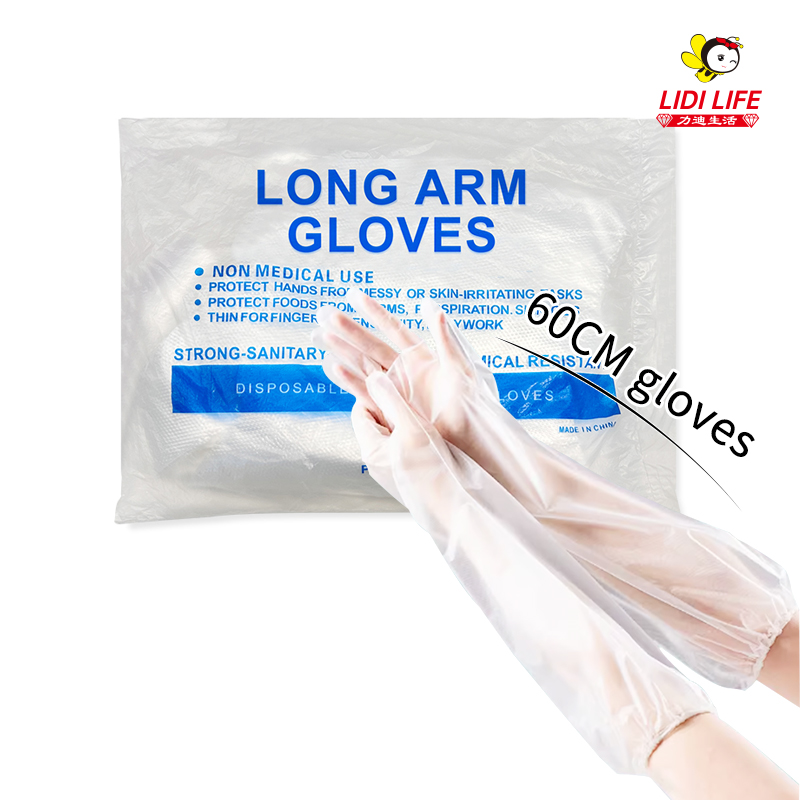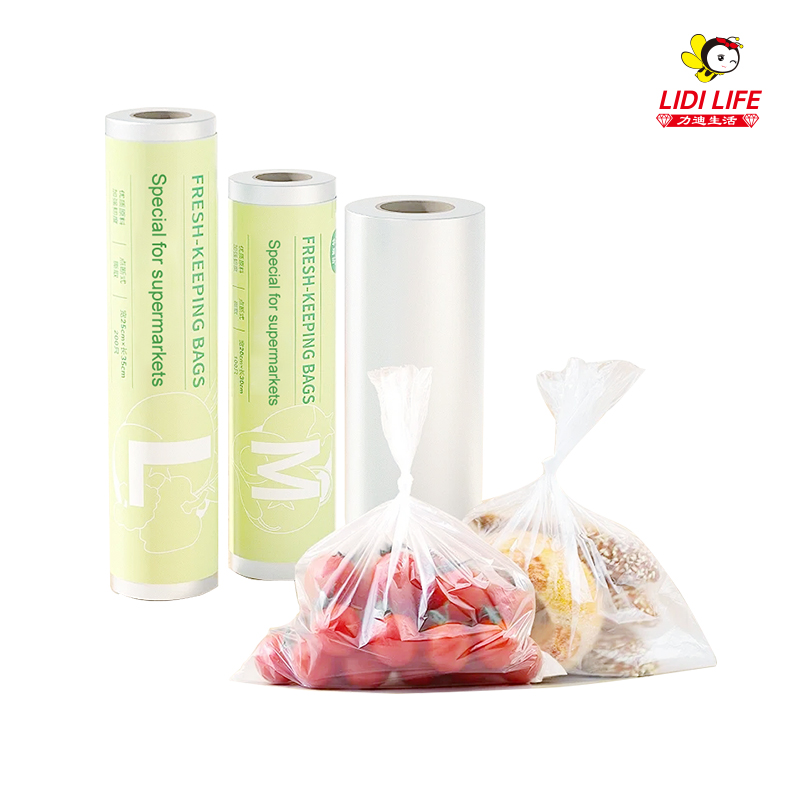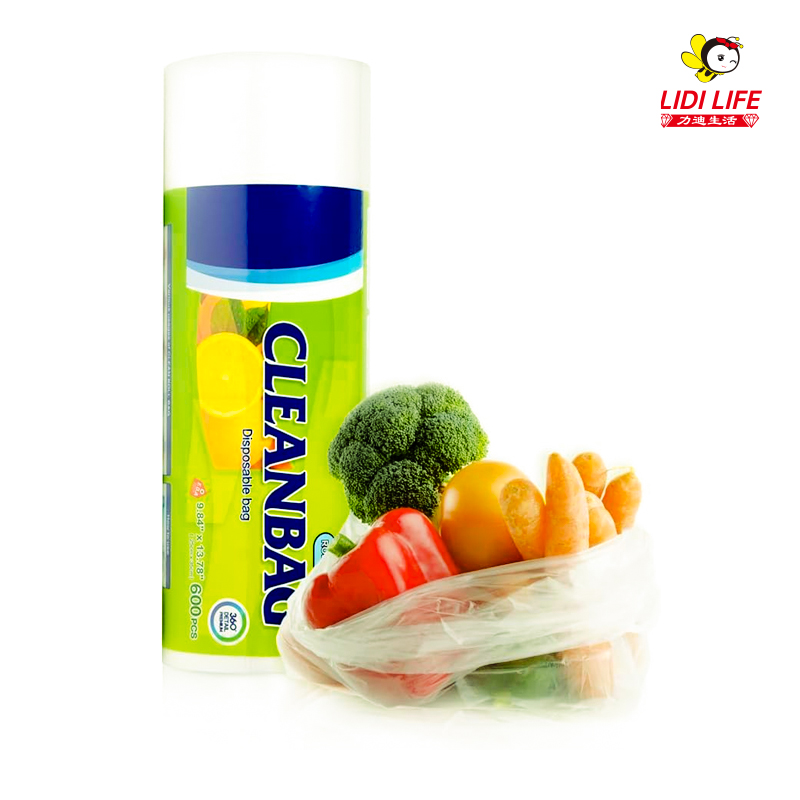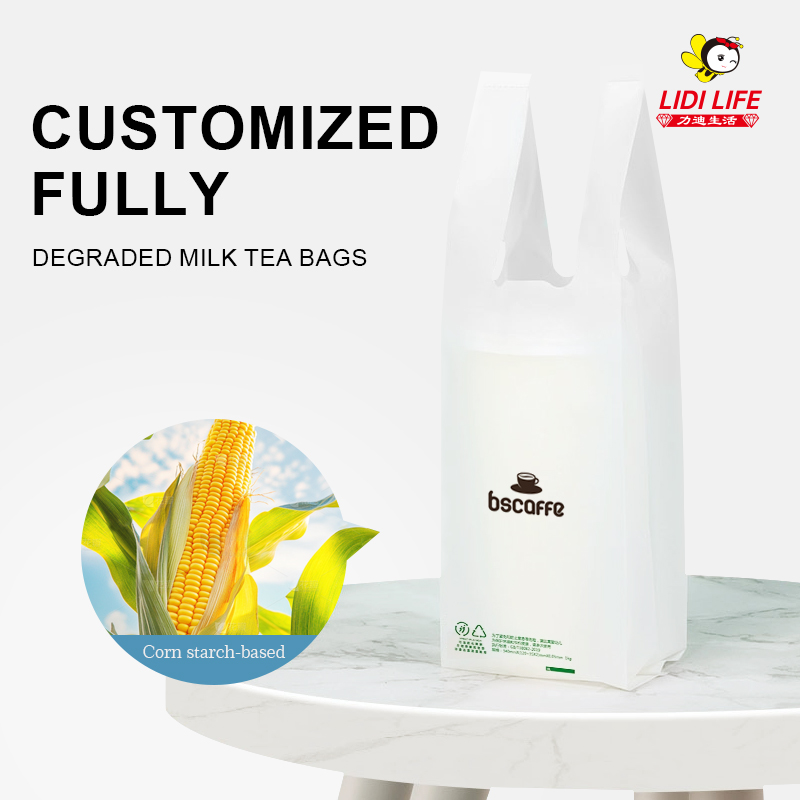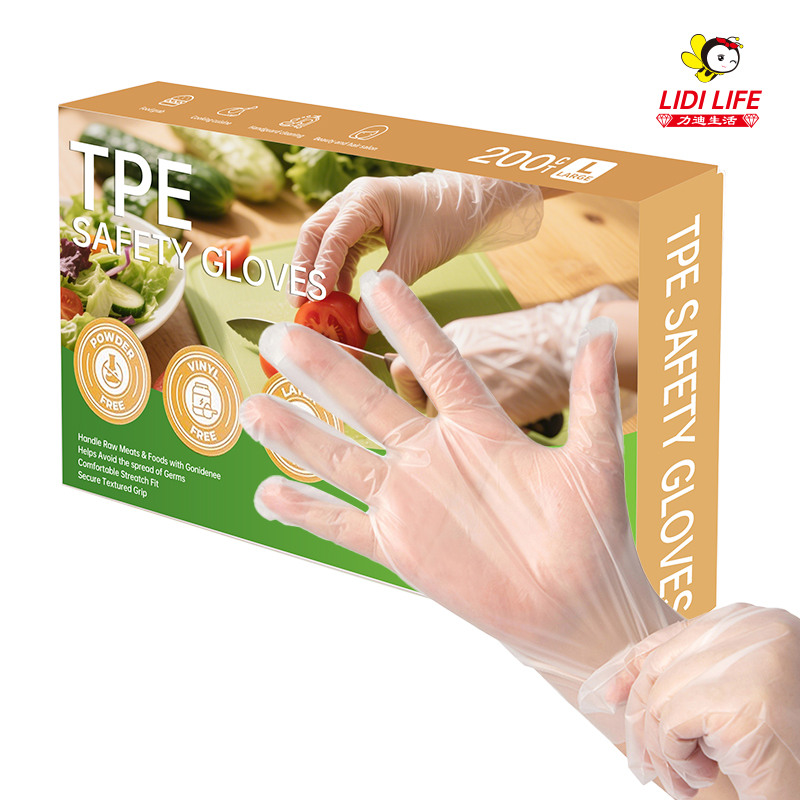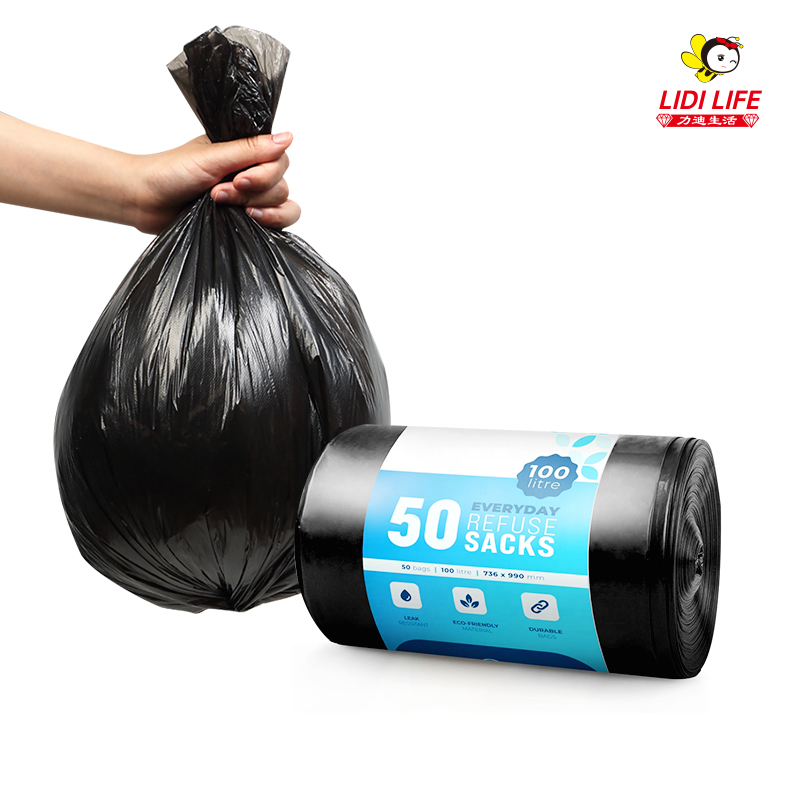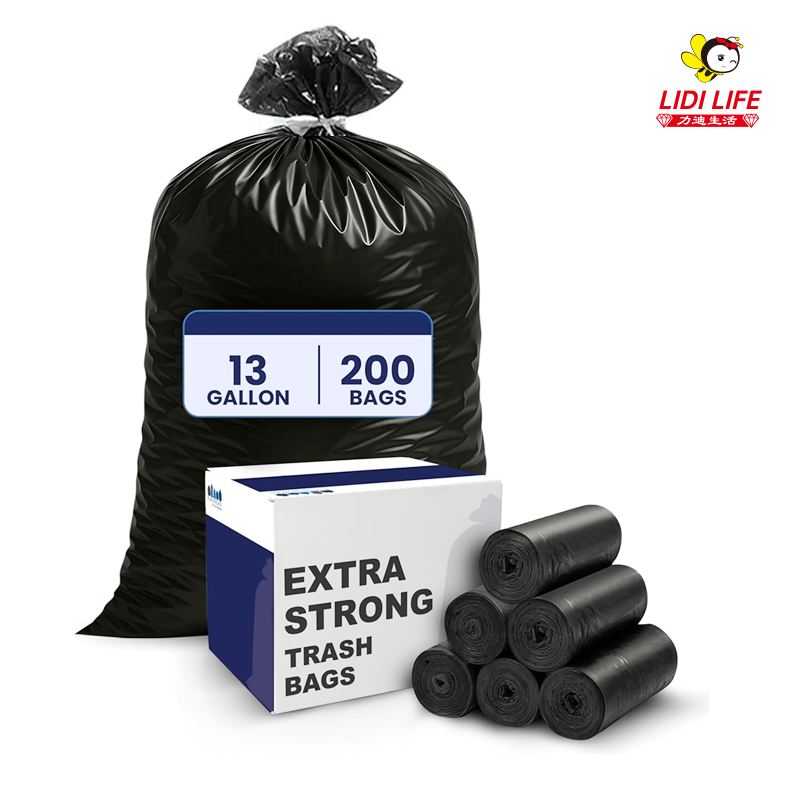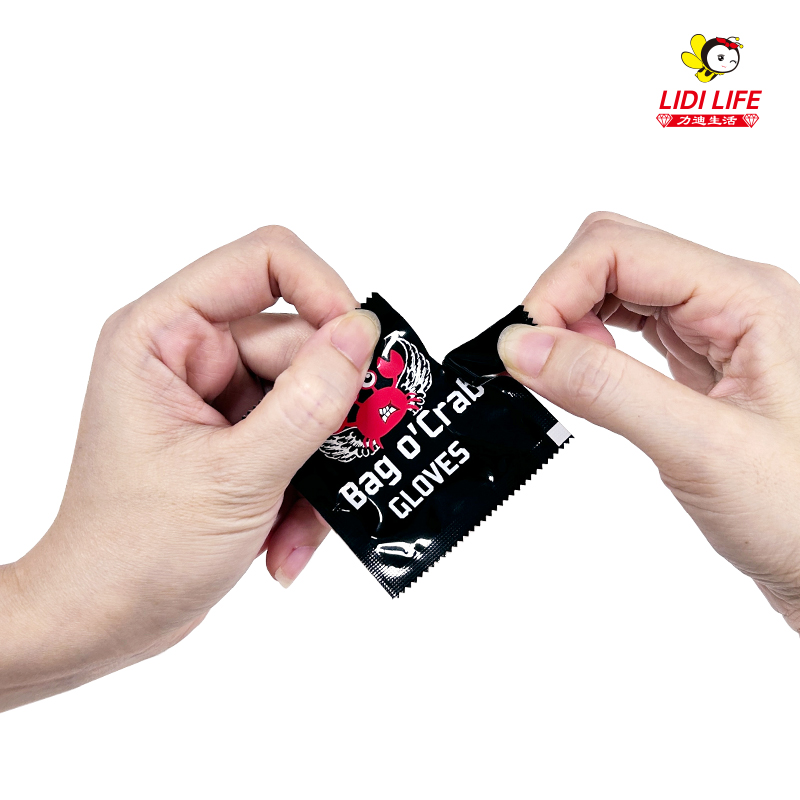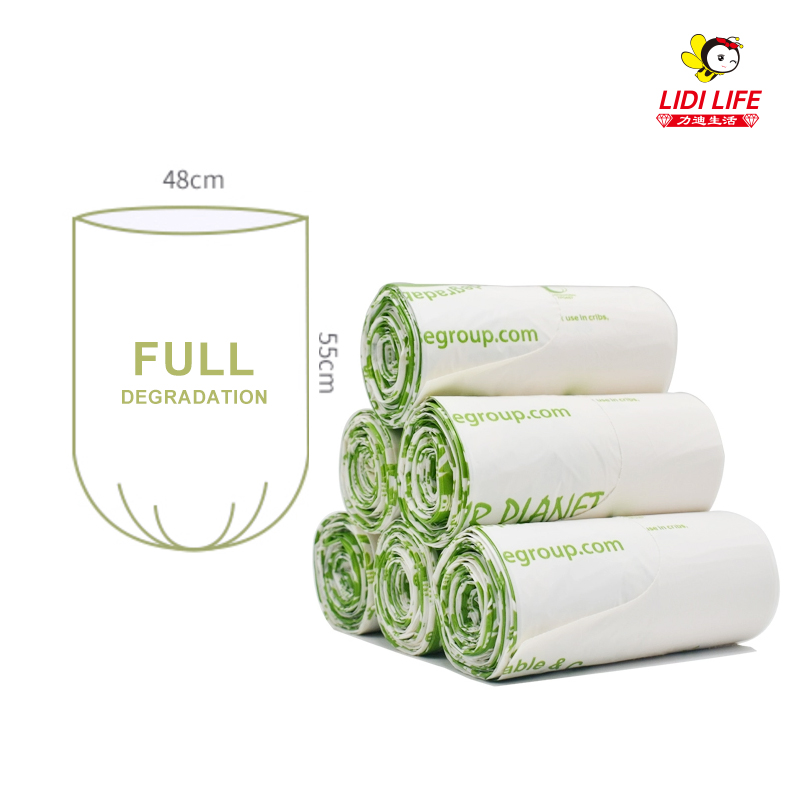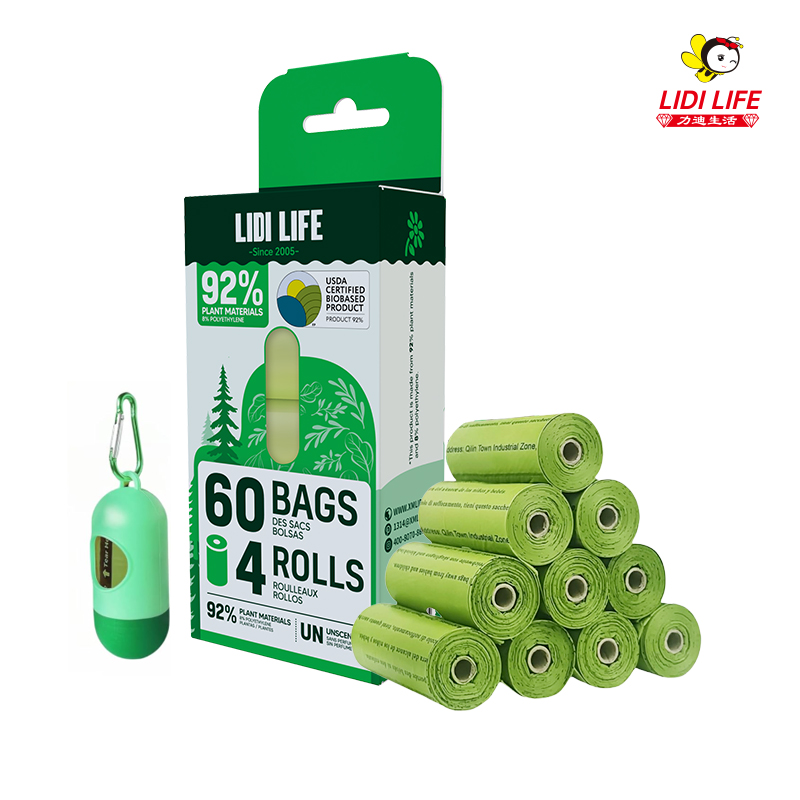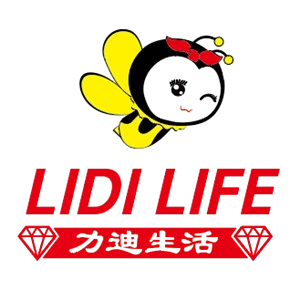At 5 a.m., the kitchen lights flicker on. I tie my apron and pull out a fresh pair of PE gloves from the sterilizer—the familiar rustling sound cuts through the quiet space. As a head chef with 15 years of experience, I know too well: a good glove is the first shield between deliciousness and danger.
Chapter 1: PE Gloves – The Baker’s "Second Skin"
I first encountered PE gloves at Le Cordon Bleu Paris. Watching Chef Laurent laminate croissant dough with those ultrathin yet leak-proof gloves left me in awe. “Temperature and touch are the soul of dough,” he said, pinching a butter slab, “and these won’t steal your senses.”
Back in China, I insisted on food-grade PE gloves for my bakery. Compared to flimsy supermarket versions, our factory’s PE material offers superior flexibility—no tearing during rigorous kneading. During last week’s live demo on puff pastry, viewers marveled as the gloves remained smooth despite folding icy butter repeatedly. “These are anti-static PE gloves,” I explained, “repelling flour and grease without compromising grip.”
But PE gloves’ real test comes with seafood. While developing a new “Lemon Butter Lobster” dish, my apprentice nearly cut his finger through a cheap glove. I handed him our reinforced PE pair: “See the 0.015mm strategic thickness? Puncture-proof yet flexible.”
Chapter 2: CPE Gloves – The Wok’s Invisible Armor
If PE gloves rule the pastry station, CPE gloves reign by the wok.
During a documentary shoot for our signature “Flaming Black Pepper Beef”, the camera caught sizzling oil splashing onto my CPE gloves—yet they held firm. “Heat-resistant up to 100°C,” I showed their micro-textured surface, “with oil-proofing three times better than PE.”
What truly sets our CPE gloves apart is the powder-free chlorination process. No more cornstarch residue contaminating delicate dishes—even Michelin inspectors approve their purity.
Chapter 3: TPE Gloves – Where Technology Meets Touch
I discovered TPE gloves in a Tokyo sushi master’s workspace. Watching 90-year-old Yamamoto-san shape rice with them was revelatory—the material transmitted every grain’s stickiness like bare hands. “Yet bacteria never touch the rice,” he smiled.
Now, these gloves are my sushi class essentials. Their elastic memory prevents sagging, while hydrophilic properties enhance grip when wet. But the real game-changer is their eco-friendliness—our plant-based TPE gloves, made from sugarcane fiber, decompose fully within 90 days. At a kids’ cooking event last month, children composted used gloves with food scraps, closing nature’s loop beautifully.
Chapter 4: The Science Behind the Shield
A factory tour revealed why these gloves perform so reliably.
In the PE zone, resin pellets melt at 200°C, spun into films thinner than human hair. “Each batch undergoes puncture tests,” QA supervisor Wang noted, “zero permeability required.”
The CPE workshop smells faintly of chlorine. “Chlorination boosts oil resistance,” Technical Director Zhang explained under an electron microscope, showing honeycomb structures enabling anti-slip magic.
Meanwhile, TPE production looks sci-fi—liquid material solidifies under UV light, wastewater-free. “Our nano-silver TPE gloves achieve 99.7% antibacterial rates,” R&D engineer Lin announced proudly.
Chapter 5: The Philosophy in Every Pair
When diners ask, “Why gloves? Isn’t handwashing greener?”, my answer stays consistent: Professional gloves, used correctly, reduce waste.
PE gloves minimize water waste during meat handling; TPE gloves streamline sushi prep by eliminating endless sanitizing cycles. Our “Glove Calculator” shows proper selection can save 300L water monthly per kitchen.
During an open-kitchen event, a mother teared up watching me shape bento with CPE gloves. “Food safety hides in such details.” I handed her kid-sized TPE gloves: “Let them create too—phthalate-free, bite-safe.”
Epilogue:
At the late-night closing, I disposed of the used PE gloves into the yellow trash bin according to the waste classification requirements, while the biodegradable TPE gloves went into the compost bin. These transparent guardians are quietly reshaping the hygiene standards of the food industry with technology. Perhaps tomorrow, when you see a chef at the breakfast shop wrapping steamed buns with blue-edged PE gloves, you'll smile knowingly—that thin layer safeguards the peace of mind in our daily lives.
Contact us today:
Email: yasin@xmlidi.com
WhatsApp: yasinguzel


